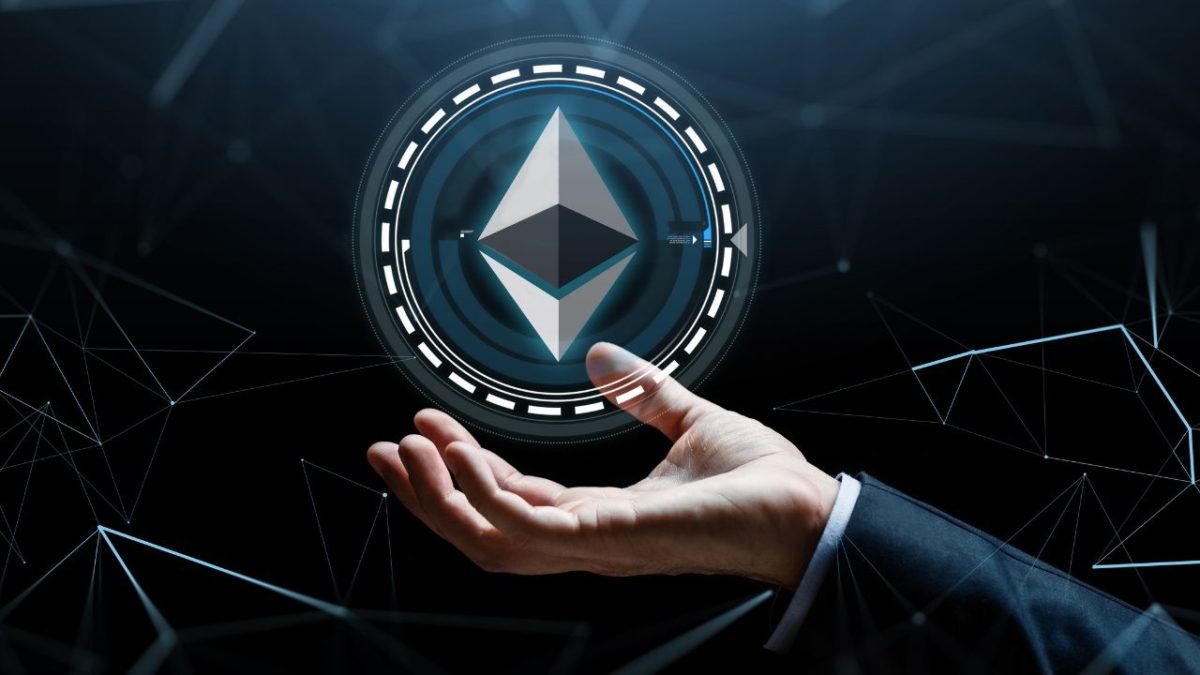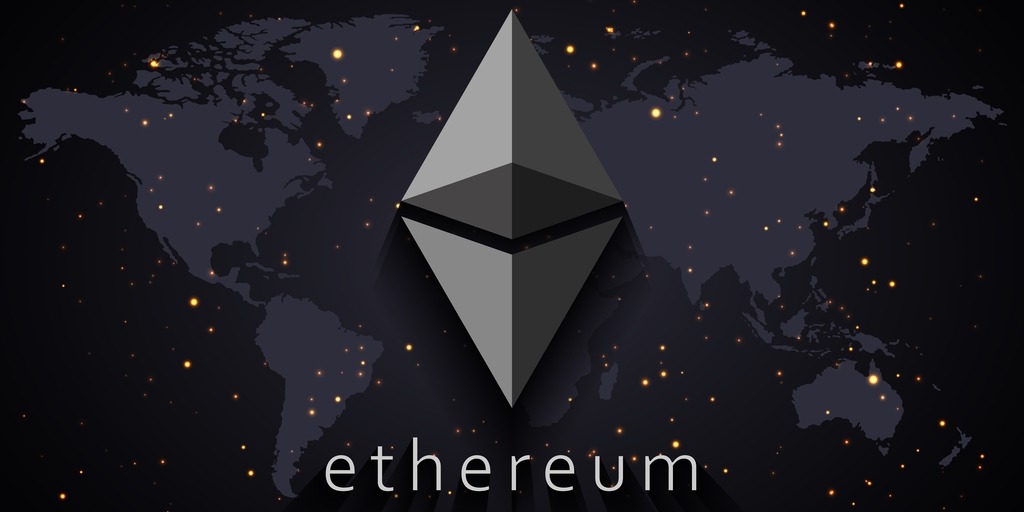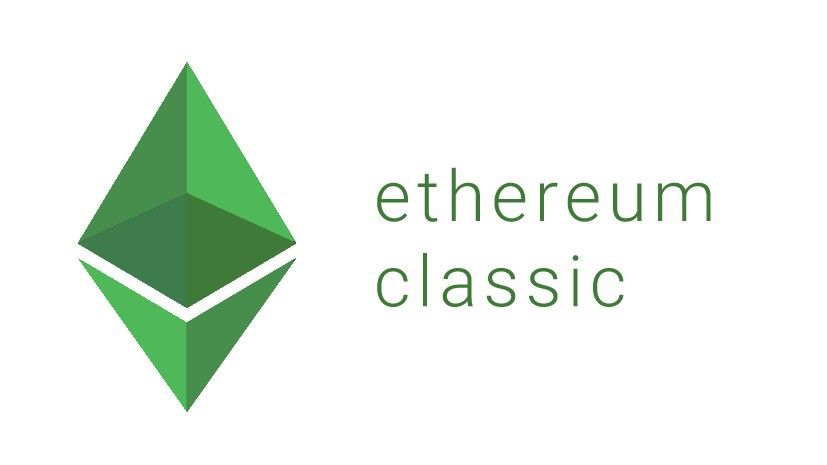Why is Proof Of Work Objective?
A proposed alternative to the proof-of-work consensus algorithm that Bitcoin’s consensus algorithm uses is proof-of-stake. Proof-of-stake permits miners (also known as validators) to stake digital assets to participate in block production instead of requiring energy usage. They are encouraged by betting to act honorably to protect their stake. Theoretically, the network will soon agree on the order of transactions and which transactions are invalid double-spends if there are only honest validators.
Much discussion has been had on proof-of-stake. Most complaints center on security: Does it lower the cost of an attack? Numerous people also express social worries about plutocracy, money, and power.
Depending on who you ask, there are different perspectives on proof-of-stake blockchains. I make a far more fundamental complaint in this article: Proof-of-stake will always be arbitrary. As a result, security studies cannot consider the cost of an attack in blockchain-internal units; debts cannot be paid between parties who do not already agree on which third parties are reliable, and courts must be used as the final arbiter of disputes.
On the other hand, proof-of-work is an objective consensus method that enables any group of connected or unrelated participants to agree on which state of the blockchain is correct. As a result, independent of courts or influential community members, any two economic actors can concur on whether a payment has been made. Due to this distinction, proof-of-work is a good consensus technique for digital currencies, while proof-of-stake is not.
THE ISSUE THAT MUST BE SOLVED
Copies of data are one of the most fundamental tasks that computers accomplish. Almost anything can be copied by computers as long as it is digital. This process creates an exact reproduction for practically minimal money while leaving the original copy intact.
Things that are digital and in limited supply. Some items, however, can only be found in the digital world and cannot be copied. For instance, bitcoin and other blockchain-based digital assets fit this criterion. They can be sent, but the original copy is lost once delivered. Although one may disagree with the market’s rationale for wanting these assets, the fact that there is a demand for them indicates that they can be used as a counterparty in balance exchanges. They may be summed up in one word: money.
The blockchain system copies a ledger across a network to create digital scarcity. Only transactions where the owners of the spent money concur, the net balance is zero, and the positive outputs are allowed to be added to the ledger.
Invalid updates will be refused. Digital scarcity is ensured as long as there is agreement among all protocol participants regarding the ledger’s current state. It appears that reaching unanimity is a challenging task. Imperfect network settings produce different perspectives on history. Dropped or delivered order packets. In networks, disagreement is commonplace.
Also, read – Proof of Stake and its relation with Ethereum
CURRENT PROOF OF WORK
This is precisely what Satoshi Nakamoto’s consensus mechanism accomplishes. Would-be extenders (miners) must first crack a mathematical puzzle to propose a fresh set of transactions or blocks and extend a branch. Because it is expensive to solve but simple to prove, this puzzle is appropriately called a proof-of-work. The fresh batch of transactions (and the history it commits to) will only be a legitimate candidate for canon with the solution to this puzzle. The puzzle has a knob for altering its complexity that is automatically turned to maintain a consistent wait time for a new key, independent of the number of players or the amount of time they invest in it. In a unit that measures difficulty, this knob serves a supplementary use as an objective indicator of puzzle-solving effort.
The puzzle’s probabilistic and parallel design rewards the efficient miner who maximizes computations per joule, even at the expense of fewer computations per second. The limiting factor is the number of resources someone is prepared to use to have a chance of finding a legitimate block, not authority, cryptographic key material, or technology requirements. Everyone is welcome to participate in the process.
It is simple to estimate the entire amount of effort that a specific branch of history represents by using each block’s goal difficulty parameter (the knob). The unit where this number is higher is given preference under the proof-of-work, fork-choice rule.
While this may sound complicated, it is actually very similar to Nakamoto Consensus. As a reminder:
1. A random leader is chosen
2. The leader proposes a block
3. The leader seals the block with a proof, giving it weight in the fork choice rule https://t.co/gUbw8tiUId— Hasu⚡️🤖 (is hiring! jobs.flashbots.net) (@hasufl) July 21, 2021
To find the following block, miners compete with one another. The first miner to discover it and spread it effectively wins. Miners adopt new blocks from rival miners as the new head of the canonical branch of history because neglecting to do so puts them at a disadvantage, assuming they are not sitting on legitimate but unpropagated new blocks. Building on top of a block known to be outdated is illogical since doing so requires the miner to locate two new blocks, which is, on average, twice as complex as switching to the new, longer branch and extending that. This requires the miner to catch up with the rest of the network. Reorganizations tend to be confined to the top of the history tree in a proof-of-work blockchain, not because miners are dishonest but because the cost of producing reorganizations rises with the depth of the restructuring. As an illustration, the most extended split on the Bitcoin blockchain, excluding those caused by software updates, had a length of 4, or 0.0023 percent of the block height at the time, according to this stack exchange answer.
THE “SOLUTION” OF PROOF-OF-STAKE
In a suggested alternative to proof-of-work, known as proof-of-stake, the accurate view of history is defined in terms of the public keys of unique nodes known as validators rather than the amount of labor put into solving cryptographic puzzles. Validators specifically sign brand-new blocks. A participating node confirms the right picture of history by confirming the signatures on the underlying blocks.
The node lacks the tools to distinguish between legitimate and false historical interpretations. The key is that a competing block may only be taken seriously as a candidate for the historical perspective’s pinnacle if it bears a supporting signature (or many supporting signatures). Alternative blocks are unlikely to be signed by validators because doing so would expose their wrongdoing and cause them to lose their stake.
The procedure is accessible to everyone. Anyone can register as a validator by depositing a specific quantity of cryptocurrency in a designated escrow account. This escrowed money is the “stake” reduced if the validator misbehaves. When nodes escrow their stakes, they check that the signatures on new blocks match the public keys provided by validators.
Formally, the definition of the proper view of history in proof-of-stake blockchains is wholly recursive. Only new blocks with the appropriate signatures are valid. Regarding the validators’ public keys, the signatures are legitimate. Old alliances are used to determine these public keys. As long as both perspectives on history are consistent, there is no definition of the fork-choice rule.
On the other hand, with proof-of-work blockchains, the accurate view of history is likewise defined recursively, though not at the expense of external inputs. In particular, the fork-choice rule in proof-of-work also depends on randomness whose impartiality is tangibly provable.
The main distinction is this outside influence. It is conceivable to speak of the canon since proof-of-work defines the fork-choice rule for any pair of diverse contending historical perspectives. Only relative definitions of accuracy are allowed in proof-of-stake.
Stay informed with daily updates from Blockchain Magazine on Google News. Click here to follow us and mark as favorite: [Blockchain Magazine on Google News].
Get Blockchain Insights In Inbox
Stay ahead of the curve with expert analysis and market updates.
latest from tech
Disclaimer: Any post shared by a third-party agency are sponsored and Blockchain Magazine has no views on any such posts. The views and opinions expressed in this post are those of the clients and do not necessarily reflect the official policy or position of Blockchain Magazine. The information provided in this post is for informational purposes only and should not be considered as financial, investment, or professional advice. Blockchain Magazine does not endorse or promote any specific products, services, or companies mentioned in this posts. Readers are encouraged to conduct their own research and consult with a qualified professional before making any financial decisions. The featured image used is just a creative depiction of the title and it does not intend to hurt sentiments of any person or institution. If it hurts anyone sentiments, please do not hesitate to reach out to Blockchain Magazine.

 Bitcoin
Bitcoin  Ethereum
Ethereum  XRP
XRP  Tether
Tether  Solana
Solana  Dogecoin
Dogecoin  USDC
USDC  Cardano
Cardano  Lido Staked Ether
Lido Staked Ether  TRON
TRON  Chainlink
Chainlink  Avalanche
Avalanche  Sui
Sui  Wrapped stETH
Wrapped stETH  Wrapped Bitcoin
Wrapped Bitcoin  Stellar
Stellar  Toncoin
Toncoin  Hedera
Hedera  Shiba Inu
Shiba Inu  Polkadot
Polkadot  WETH
WETH  LEO Token
LEO Token  Litecoin
Litecoin  Bitcoin Cash
Bitcoin Cash  Bitget Token
Bitget Token  Hyperliquid
Hyperliquid  Uniswap
Uniswap  Official Trump
Official Trump  Wrapped eETH
Wrapped eETH  Pepe
Pepe  USDS
USDS  NEAR Protocol
NEAR Protocol  Ethena USDe
Ethena USDe  Aave
Aave  Aptos
Aptos  Internet Computer
Internet Computer  Ondo
Ondo  WhiteBIT Coin
WhiteBIT Coin  Ethereum Classic
Ethereum Classic  Monero
Monero  Mantle
Mantle  Cronos
Cronos  POL (ex-MATIC)
POL (ex-MATIC)  Render
Render  Dai
Dai  Algorand
Algorand  MANTRA
MANTRA  OKB
OKB 




